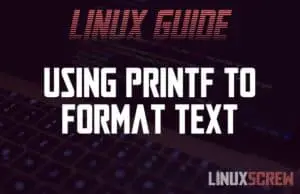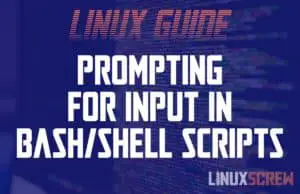Using PHP unset Function to Destroy a Variable, With Examples
Here’s a short article on a useful PHP feature – the unset construct allows you to destroy a variable, making it unavailable for use. There are a few reasons why you might want to unset a variable: Making sure you don’t accidentally use a variable you don’t want to use in a certain context or scope Cleaning up variables after a loop Make a global variable unavailable within a function or scope Remove an element from an Array Remove an object attribute Read on to see how it’s done. … Read more



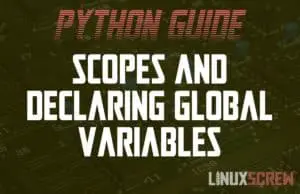
![Catch Errors/Exceptions in Python with try/except [Examples] 4 Python try/except to Catch Errors](https://cd.linuxscrew.com/wp-content/uploads/2021/09/python-try-except-feature-300x194.jpg)
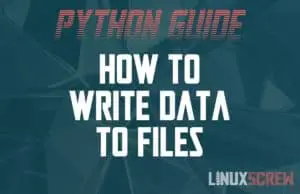
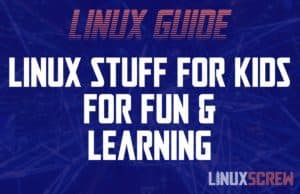

![Check Disk Health in Linux/Ubuntu [How To / Guide] 8 Linux Check Disk](https://cd.linuxscrew.com/wp-content/uploads/2021/07/linux-check-disk-feature-300x194.jpg)
